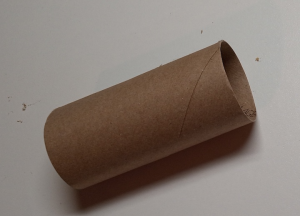Cool season crops, such as broccoli, turnips, rutabagas, cabbage, Brussels sprouts, are all susceptible to root maggots. Also known as cabbage flies, root flies, or turnip flies, root maggots start out as small flies that are about half the size of a housefly.
- Adult flies seek to lay their eggs -- up to 300 at a time -- in or on the soil next to the base of host plants.
- The 1/8” long, oval-shaped eggs hatch into tiny maggots a week or so later
- These larvae (maggots) burrow down into the stem and root.
- Maggot feeding also facilitates entry by pathogens that cause blackleg and bacterial soft rot.
- Heavy infestations can kill a mature plant.
Both root collars and cylinders prevent flies from laying their eggs next to the vulnerable plants.
Root Collars
A DIY plant collar may be made out of a flat piece of plastic, cardboard, felt, rubber, or heavy fabric that covers the soil around the base of a plant.
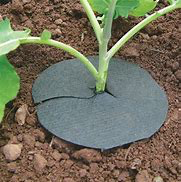

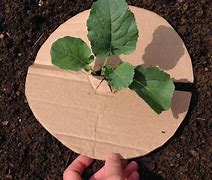

Cylinders
- Cutworms cause most of their damage to new shoots or transplants, curling their bodies around the base of the plant’s stem and feeding on it.
- Since cutworms feed in the evening or at night, avoiding birds and other predators that are more active in the daytime, you might never see the actual worm.
- Cutworm damage shows up in the form of plant stems cut off just above the soil line.
Cutworm collars are simply raised cylinders placed around each seedling.
- A 3” section of cardboard roll from toilet paper or paper towels, pressed 1/2” into the soil, can make an effective barrier to cutworms.
- Other cylinders can be made from a variety of other household items: plastic cups or seedling pots for example.
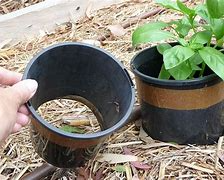

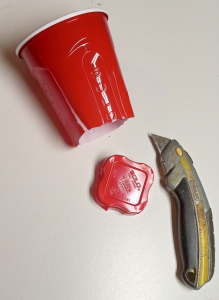

- The cardboard tubes will protect seedlings from cutworms while they’re most vulnerable and will fall apart within a few weeks afterwards.

